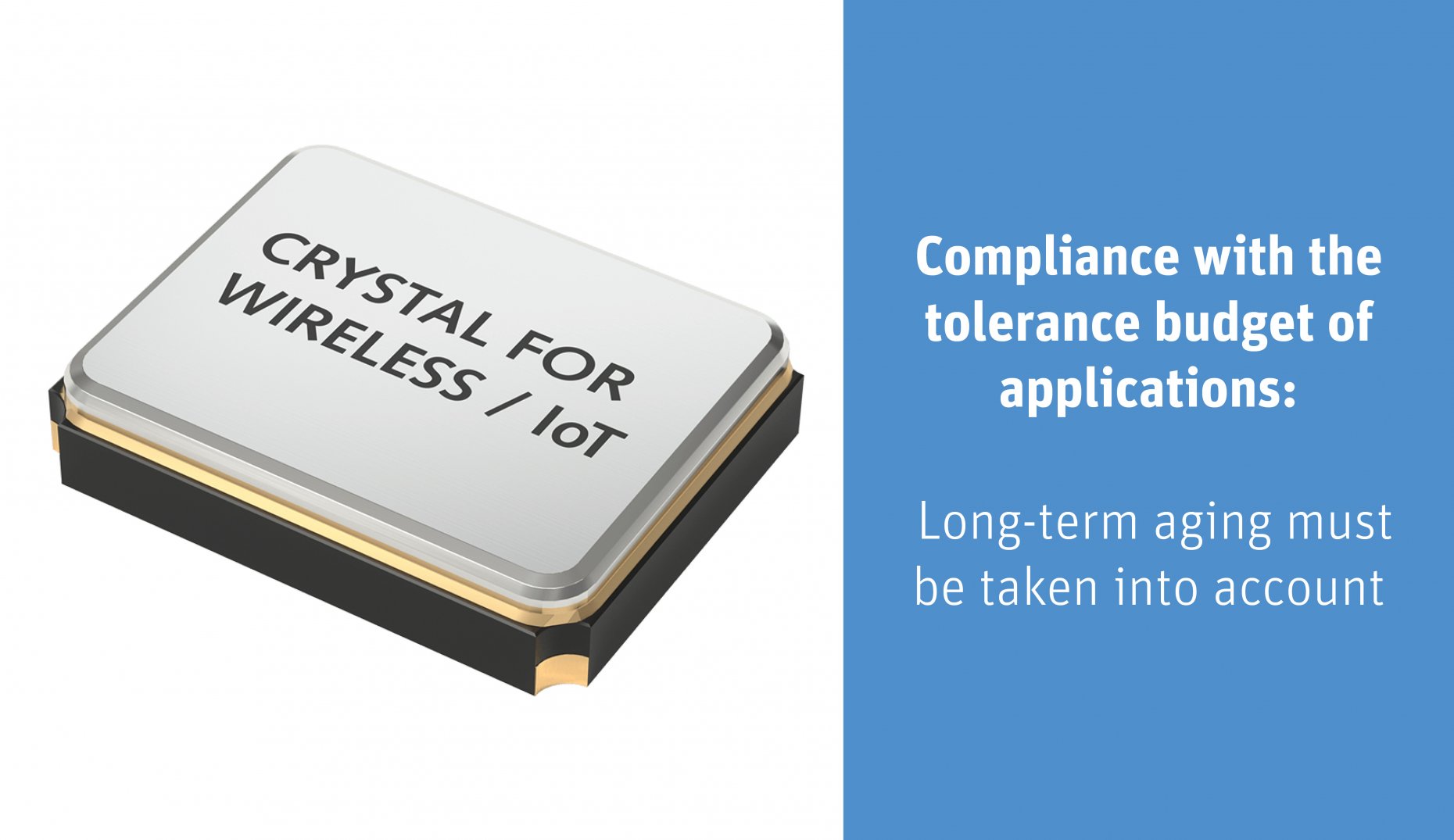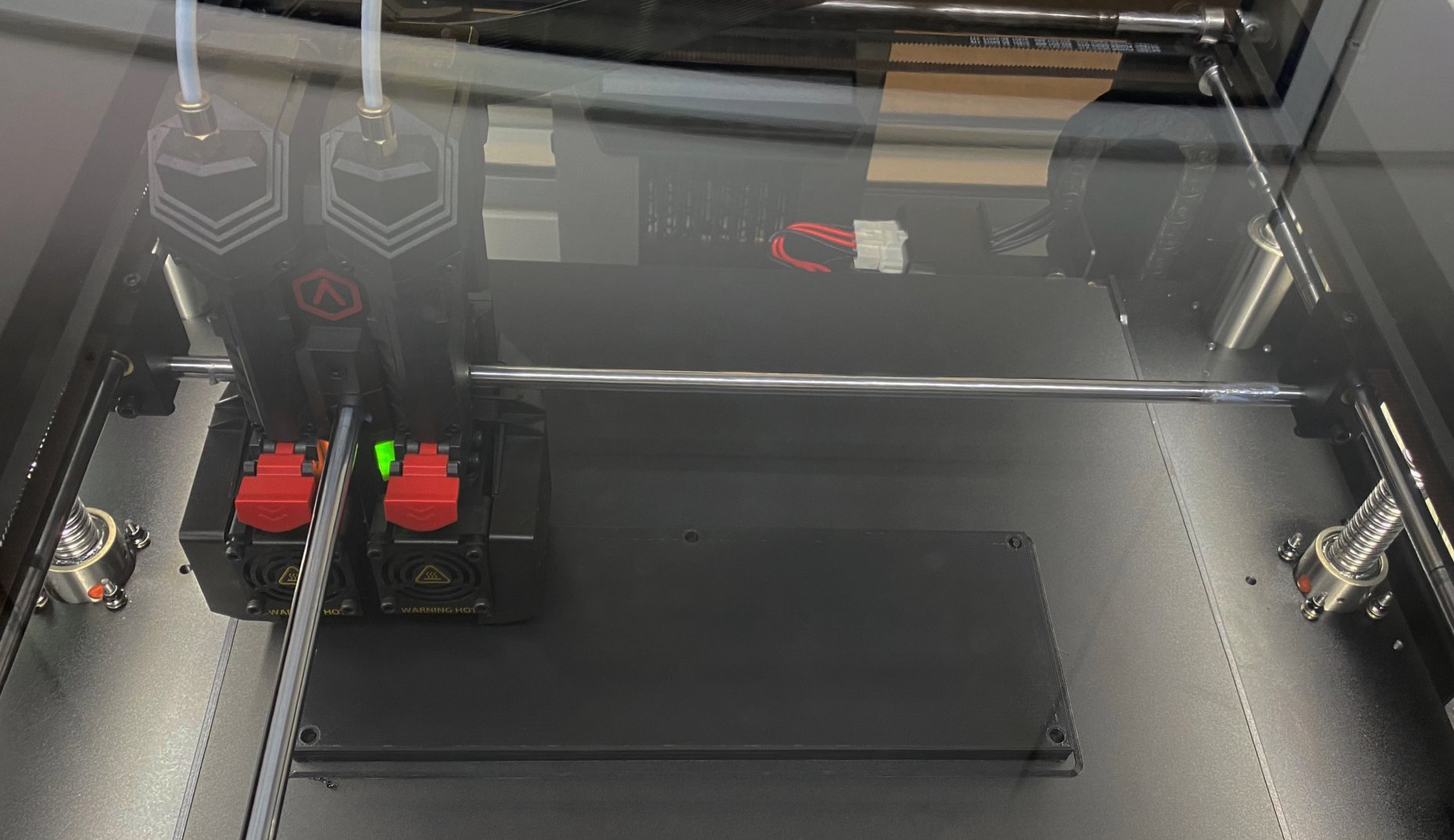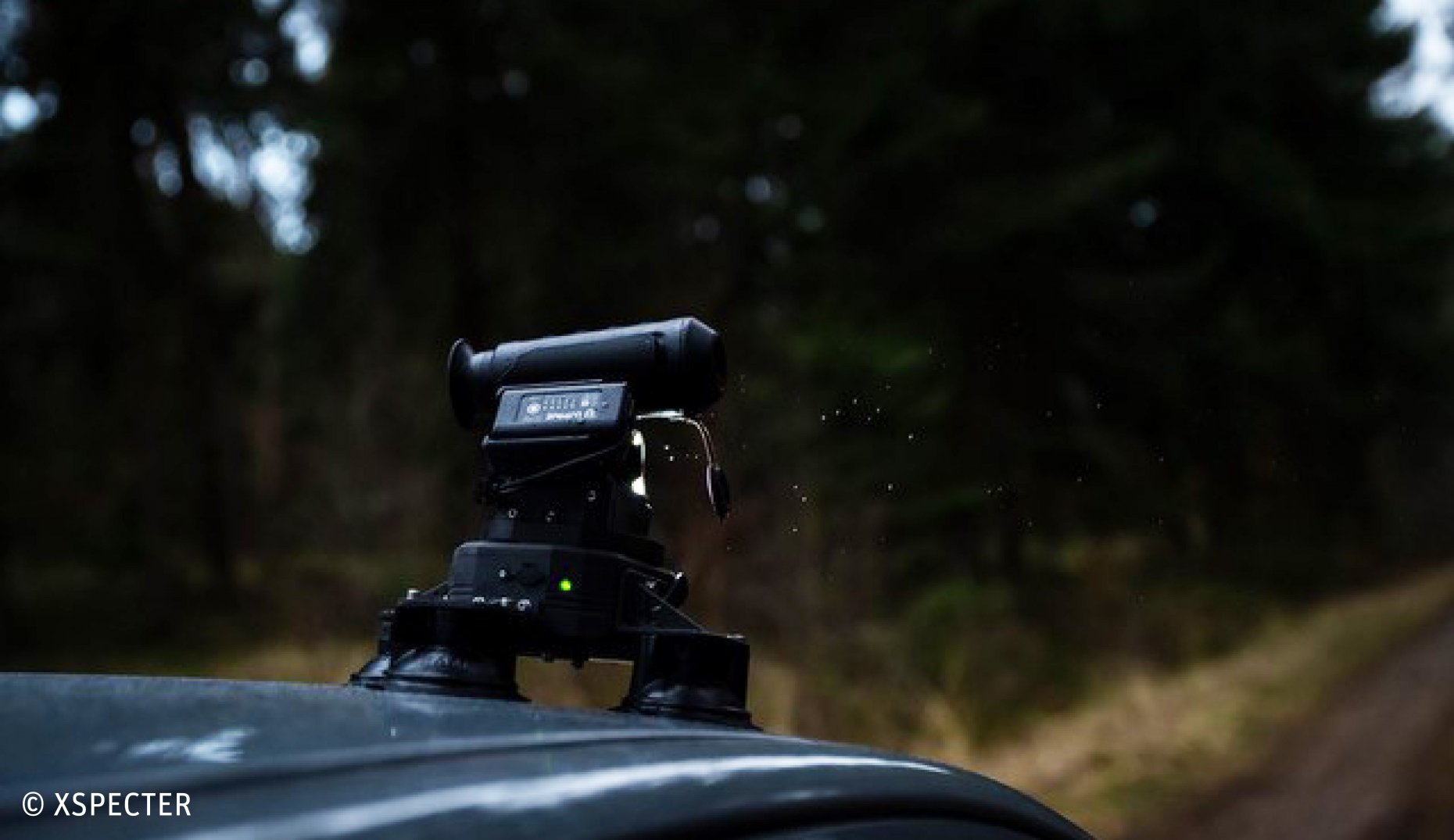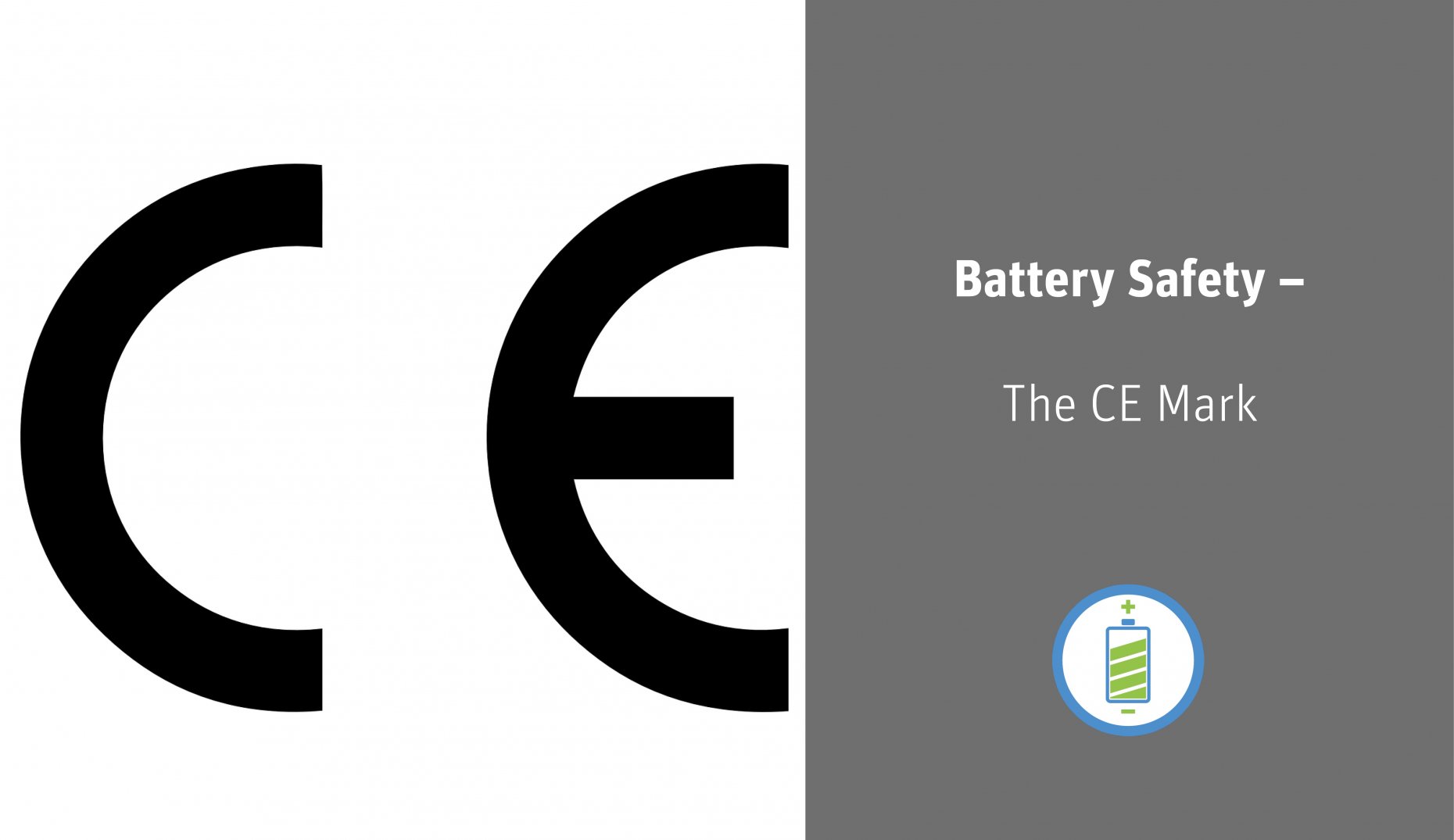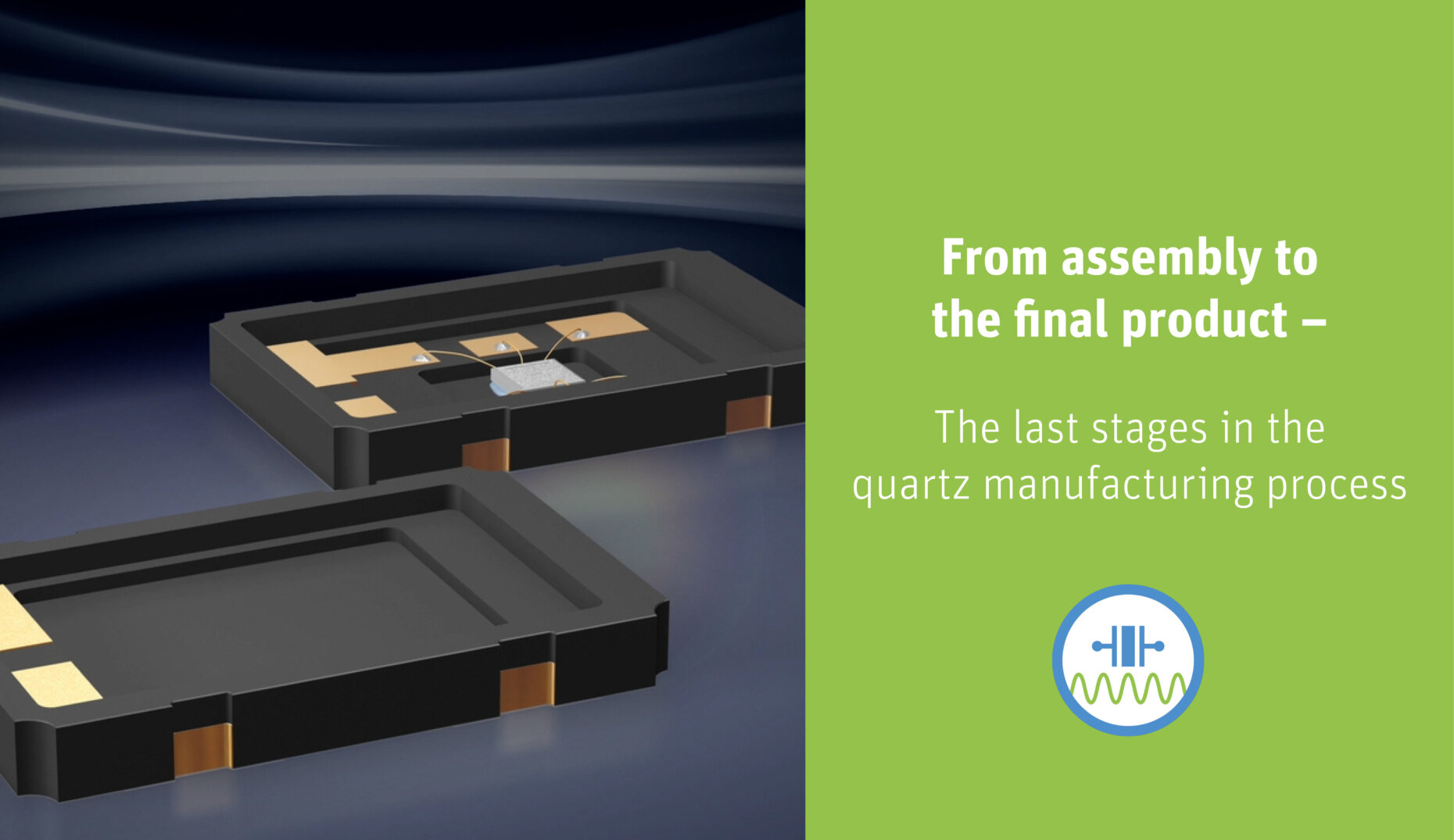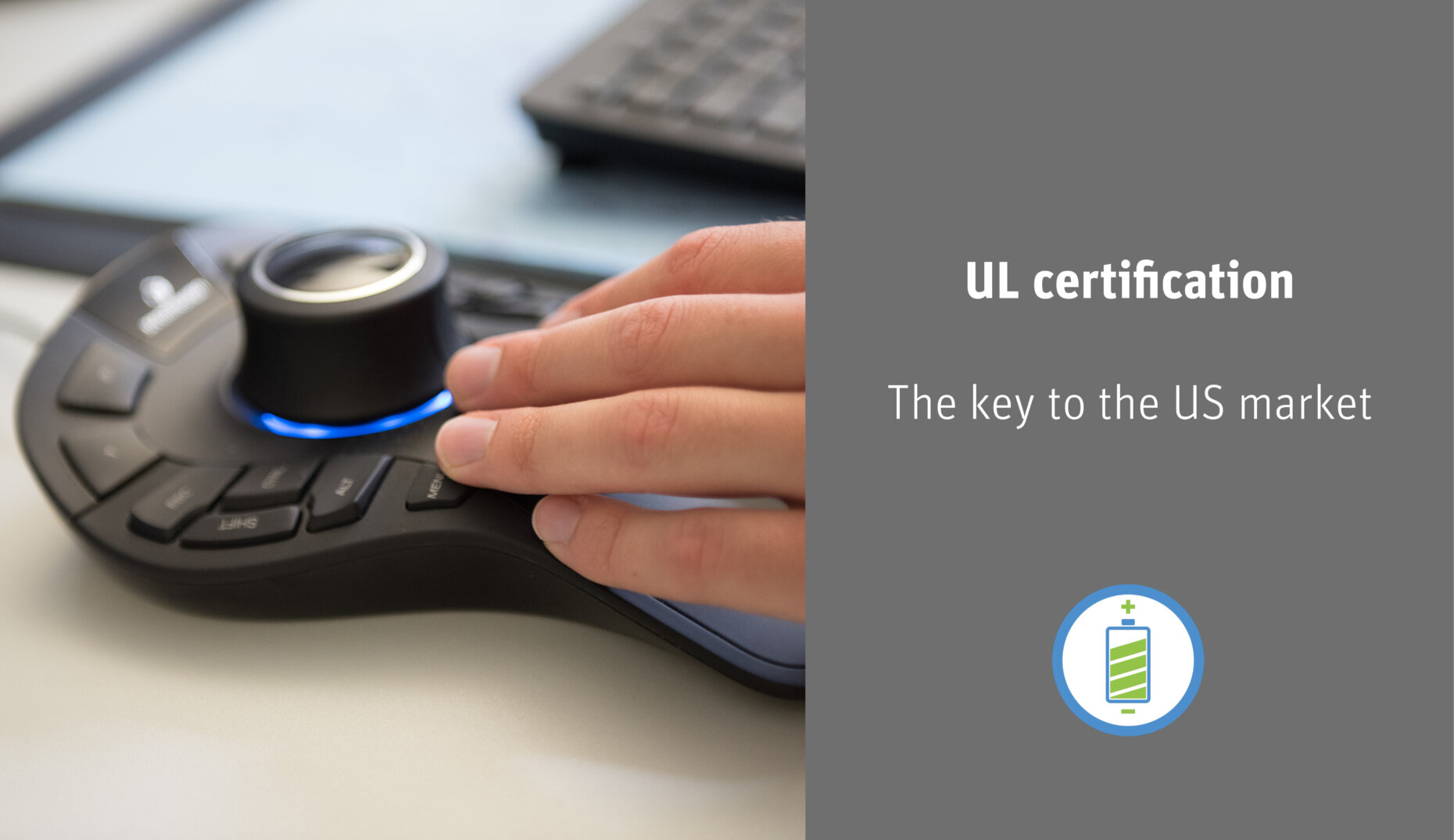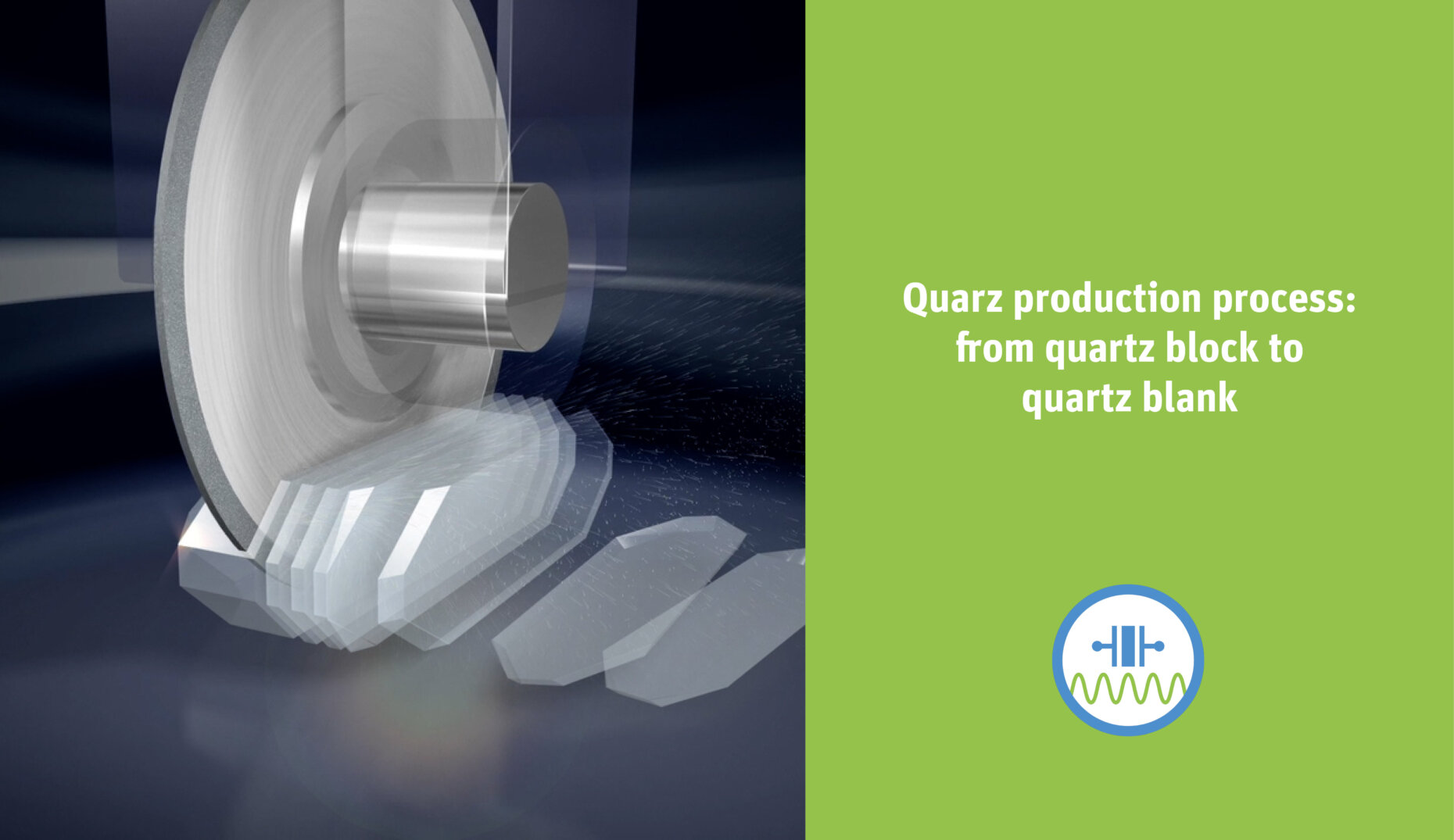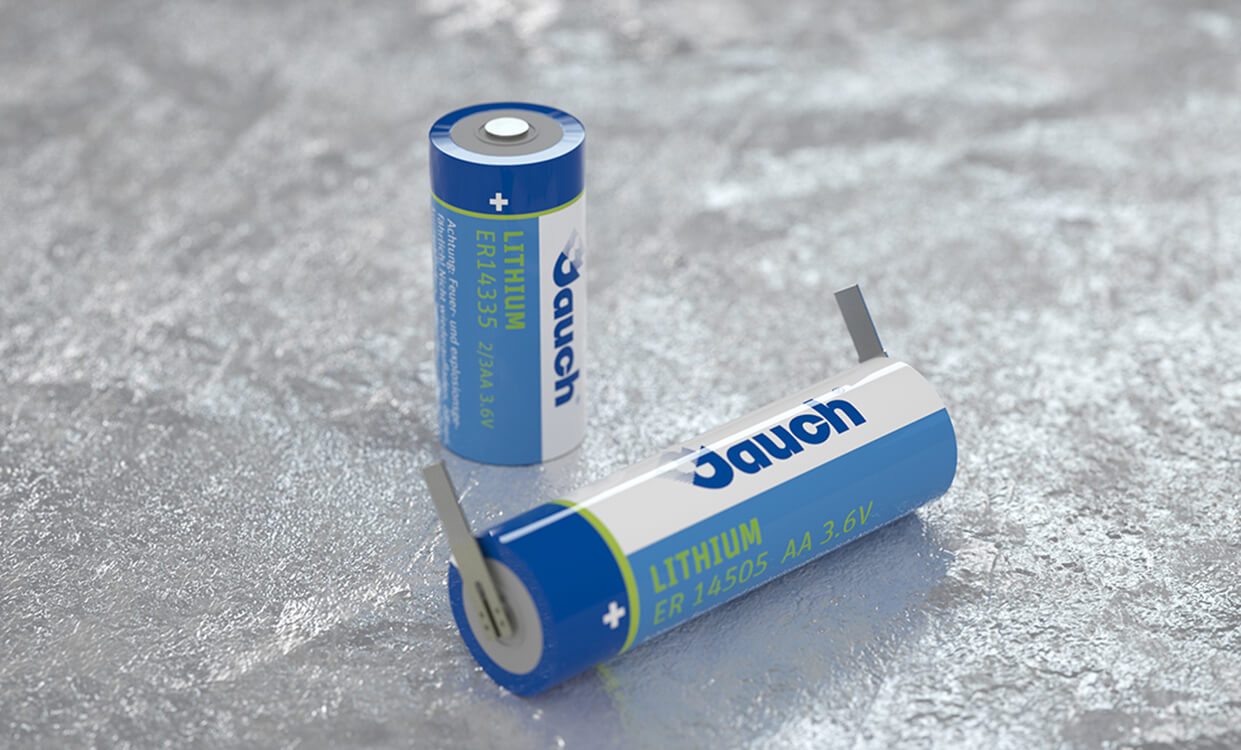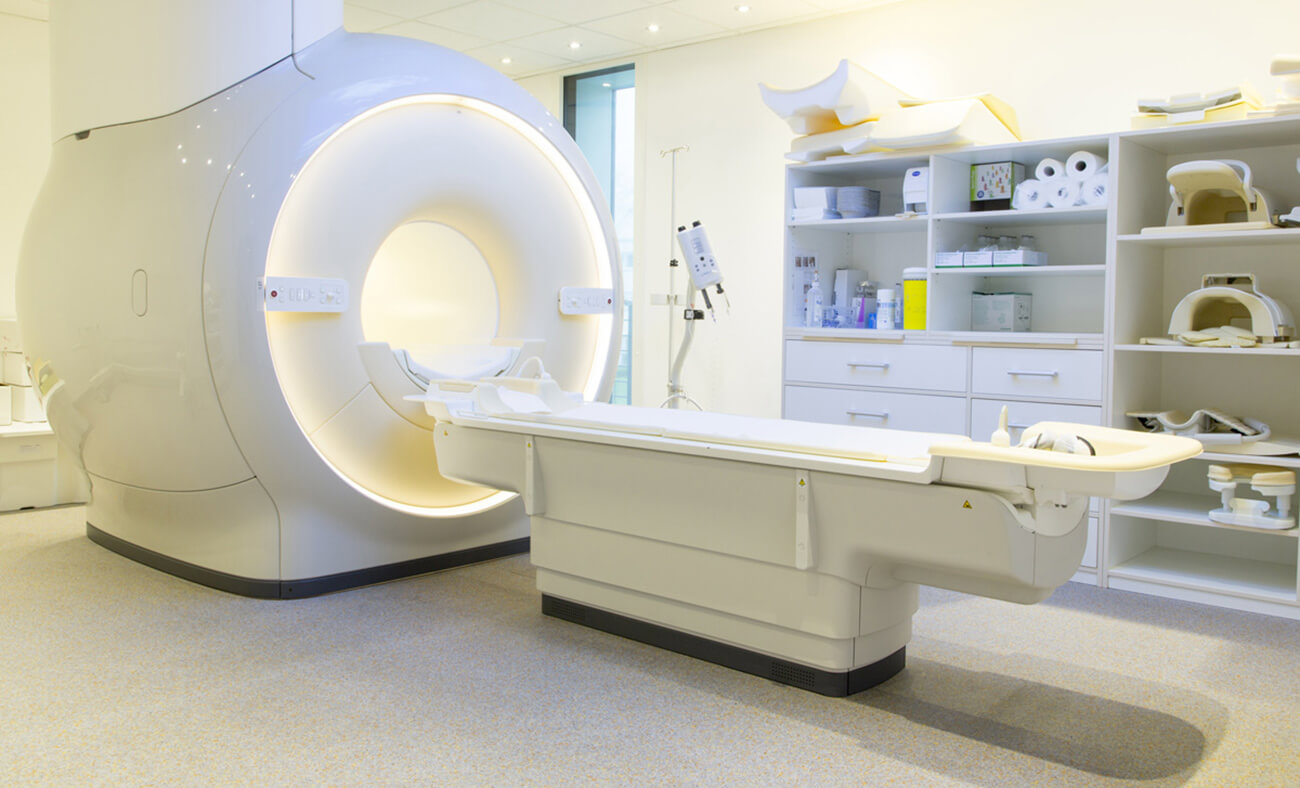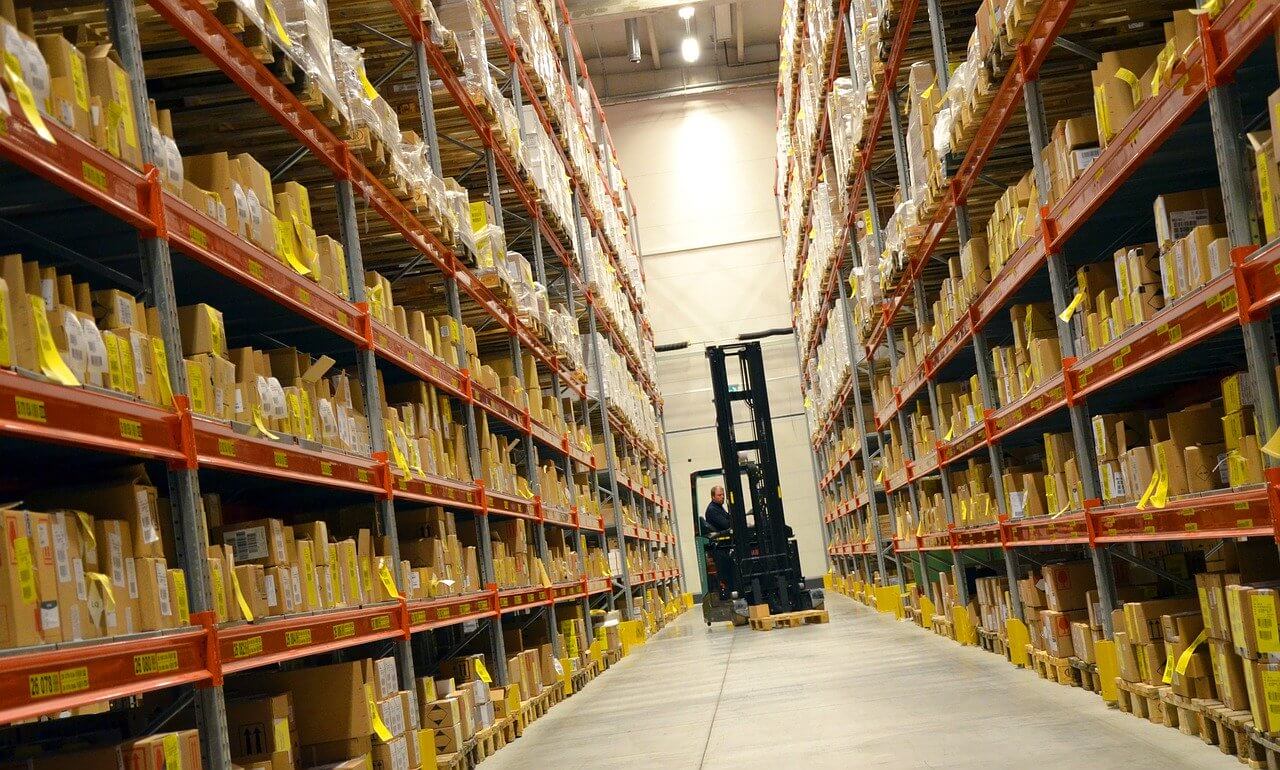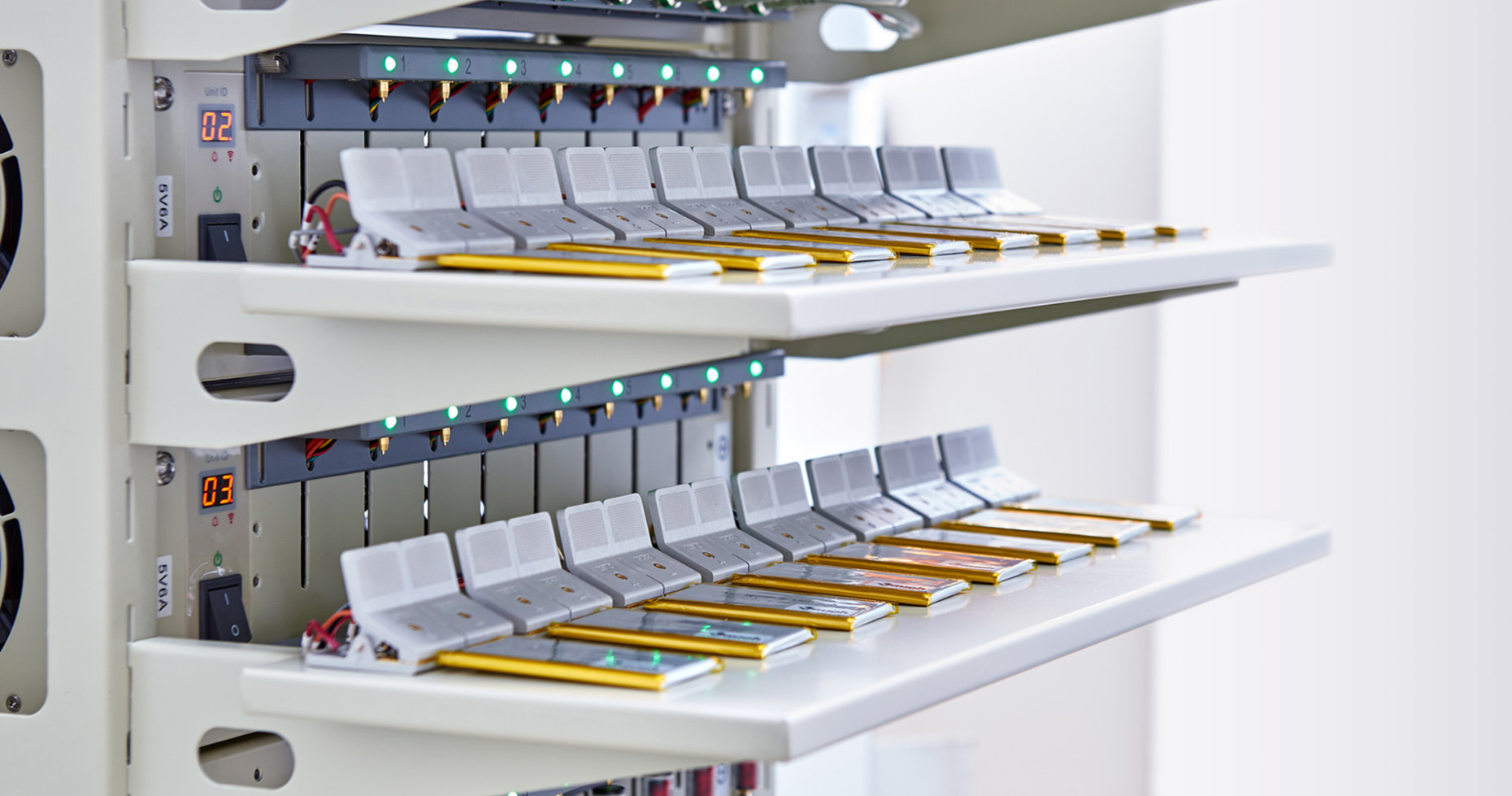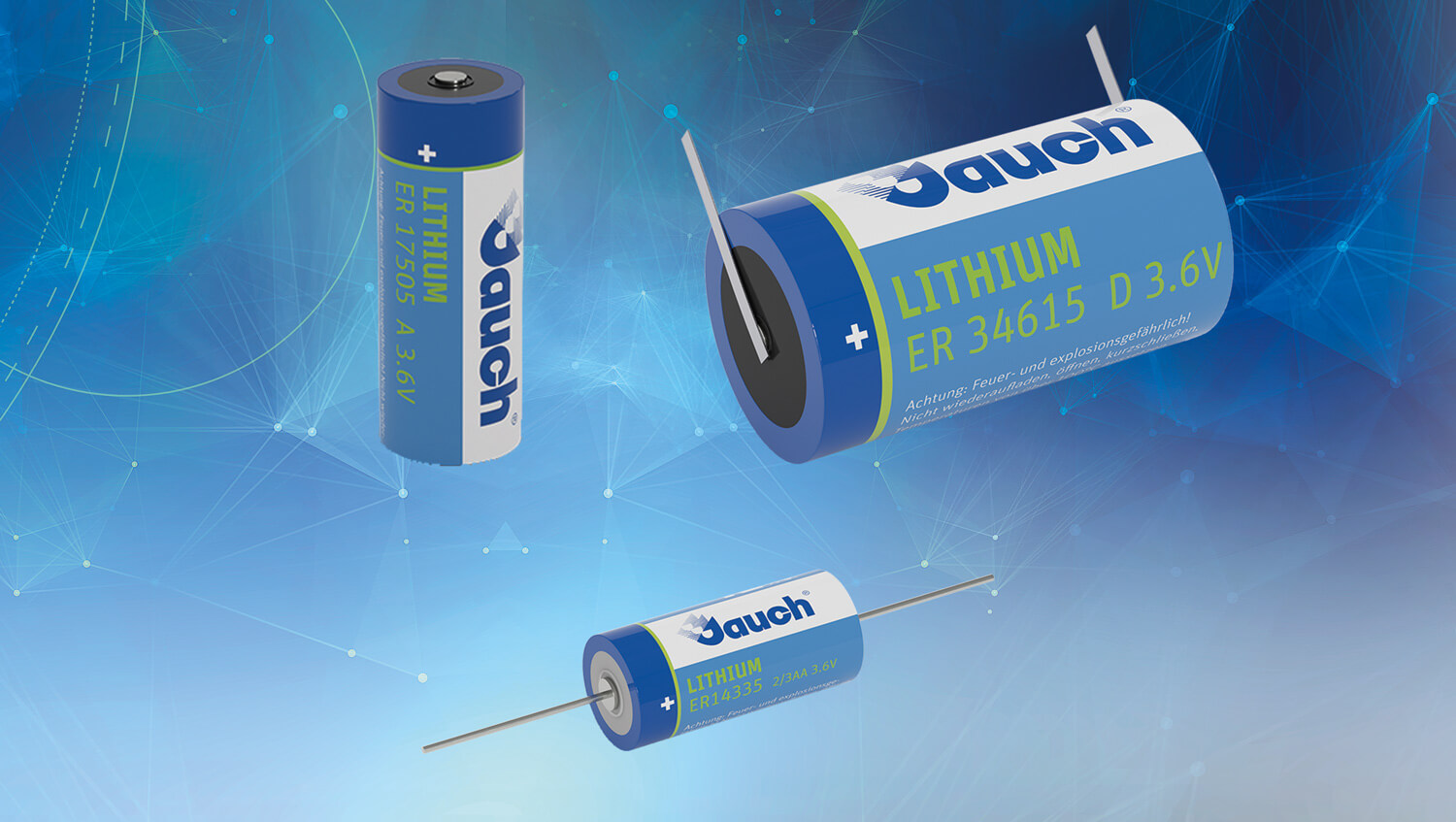
RELIABLE AND SAFE:
FREQUENCY PRODUCTS AND
BATTERY SOLUTIONS FROM JAUCH
JAUCH BLOG
Rhythm and energy are the forces that move and drive the world. Our world at Jauch is particularly influenced by these impulses. Frequency control products and battery solutions determine our everyday life and give us rhythm and energy every day. Above all, our employees are the factors which make Jauch a very special company.
In our blog we will take you on a journey through our products, employees and the Jauch corporate culture to give you exciting insights behind the scenes of the Jauch Group. We look forward to sharing with you!
Compliance with the tolerance budget of applications: long-term aging must be taken into account
Each application has a tolerance budget in terms of frequency deviation that must be adhered to even in the worst case scenario in order to ensure that the application functions. Developers must therefore be aware of all factors that can lead to frequency deviations. The sum of all worst-case scenarios of these factors must not
- Published in Frequency Control Products
Creating a prototype in a short time – with the 3D printer
A new machine is improving our sample and prototype construction in Villingen-Schwenningen – although calling it a ‘machine’ may be stretching it 😊. Instead, what we have is a 3D printer, which brings a number of advantages: both our customers and our own in-house staff now benefit from greater speed and flexibility when it comes
- Published in The Company
Customer Success Story: The tripod for thermal imaging and night vision cameras – a lithium-ion battery for XSPECTER
Founded in October – and on the market within just six months: Start-up XSPECTER has its T-CROW XRII to thank for this success. The product behind this futuristic name is a special tripod for thermal imaging and night vision cameras. The product: A controllable 3D-printed camera tripod The T-CROW XRII is a controllable camera tripod
- Published in Battery Technology, Customer Success Stories
Battery Safety – The CE Mark
In the development of battery packs, the focus is often only on technical development. However, this alone does not go far enough. After all, new batteries require various certifications so that they can be placed on the market in compliance with the law. Worldwide, there is a multitude of different rules and regulations concerning the
- Published in Battery Technology
From assembly to the final product – the last stages in the quartz manufacturing process
In the blog posts Ask the Product Manager: Are real rock crystals used for production of oscillating quartz crystals? and Quartz production process: from quartz block to quartz blank, we have already taken a closer look at the first stages in quartz production, what material the quartz blanks are made of and what steps are
- Published in Frequency Control Products
IEC certification – A common denominator for all continents
The standards of the International Electrotechnical Commission (IEC) are among the most important groups of standards for the certification and safety of electronic products. They include both cells and batteries and span primary cells, secondary cells, battery packs and portable device batteries. In addition to the requirements for the devices and central rules for the
- Published in Battery Technology
UL certification – the key to the US market
For market access in the USA, a so-called NRTL test mark is required for many products. As NRTL does not have its own test mark, test laboratories are accredited accordingly and their test marks are then recognised as NRTL test marks. The most important test mark on the US market comes from Underwriter Laboratories (UL).
- Published in Battery Technology
Quartz production process: from quartz block to quartz blank
The previous blog post entitled: Ask the Product Manager: Are real rock crystals used for production of oscillating quartz crystals? covered the initial stages in the production of these small clocks. Quartz is artificially grown in autoclaves, reaching a weight of several kilos. From this point, however, we are still a few production stages away
- Published in Frequency Control Products
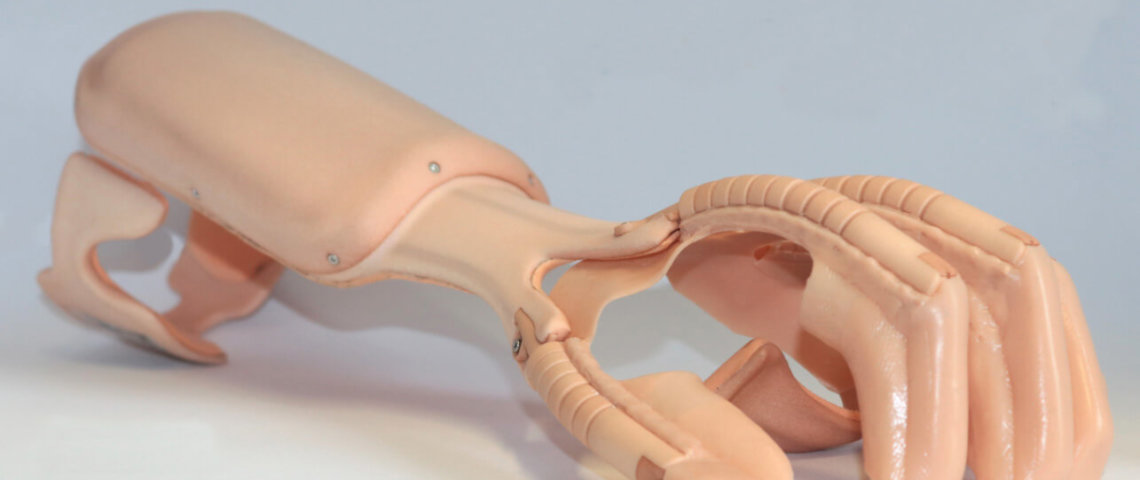
Customer Success Story: A Powerful Lithium-Ion Battery for HKK Bionics
Everyday activities such as tying shoes or eating with knife and fork are almost impossible for patients with paralyzed or weakened hands. The German-based start-up HKK Bionics is aiming to help these people with its newly developed hand orthosis. “Our exomotion® hand one is a kind of motorized partial glove with forearm splint,” explains Dominik
- Published in Battery Technology, Customer Success Stories
Passivation of Lithium Thionyl Chloride Batteries
Lithium thionyl chloride (LiSOCl2) batteries are special in many ways; with 3.6 volts, they have the highest cell voltage of any primary batteries available. They are also extremely durable and can be safely stored for long periods of time. This excellent shelf life is the result of another special feature of LiSOCl2 batteries called “passivation”.
- Published in Battery Technology
Customer Success Story: Early Detection via MRI – an Amagnetic Lithium Polymer Battery for Northh Medical
Northh Medical, a MedTech start-up founded in 2017 in the German city of Hamburg, focuses on early detection of congenital heart defects of unborn children in the womb. “Especially in the last weeks of pregnancy, routinely conducted ultrasonographic cardiac imaging reaches its limits,” says Dr. Christian Ruprecht, one of the founders. That’s why Ruprecht and
- Published in Battery Technology, Customer Success Stories
Amendment to UN 38.3: Test Report for Lithium Batteries Becomes Mandatory
January 1st, 2020 was an important date for anyone shipping lithium cells or batteries. From that date forward, all shippers must be able to provide a test summary proving the products shipping have passed the UN 38.3 test for the transport of lithium batteries. This regulation applies to all modes of transport and it applies
- Published in Battery Technology
Customer Success Story: Deeper’s Smart Fish Finder
Fishing is one of the most relaxed hobbies you can imagine. Just cast out your line and hope a fish will take the hook. Sometimes however, the angler’s patience is not rewarded and he has to return home without having caught anything. If you want to avoid this disappointment and don’t want to rely on
- Published in Battery Technology, Customer Success Stories, Frequency Control Products
Lithium Polymer: More Safety Thanks to Ceramic Separators
Whether you speak of lead-acid, alkaline or lithium batteries, none of them can work without a separator which parts the positively and negatively charged electrodes. The separator prevents direct contact between the two poles and thus avoids a short circuit of the battery. It is therefore considered the essential safety feature of a cell. Even
- Published in Battery Technology
Advantages and Special Characteristics of Lithium Thionyl Chloride Batteries
Lithium thionyl chloride batteries (Li/SOCl₂) belong to the lithium primary cell family. Unlike lithium ion or lithium polymer batteries, these cells cannot be recharged once they have been discharged. However, due to their long lifetime, this characteristic is of little importance in everyday use. In fact, lithium thionyl chloride batteries supply power to applications for
- Published in Battery Technology
Sorry, no posts matched your criteria.
Sorry, no posts matched your criteria.
Sorry, no posts matched your criteria.
YOU CAN ALSO FIND US ON SOCIAL MEDIA
THE JAUCH SPECIALISTS ARE HAPPY TO ASSIST YOU!
PHONE
Frequency Control Components: 0049 77 20 / 9 45-322
Battery Technology: 0049 77 20 / 9 45-323
Corporate Headquarters: 0049 77 20 / 9 45-0
ADDRESS
Jauch Quartz GmbH
In der Lache 24
78056 Villingen-Schwenningen
Germany


 Deutsch
Deutsch 